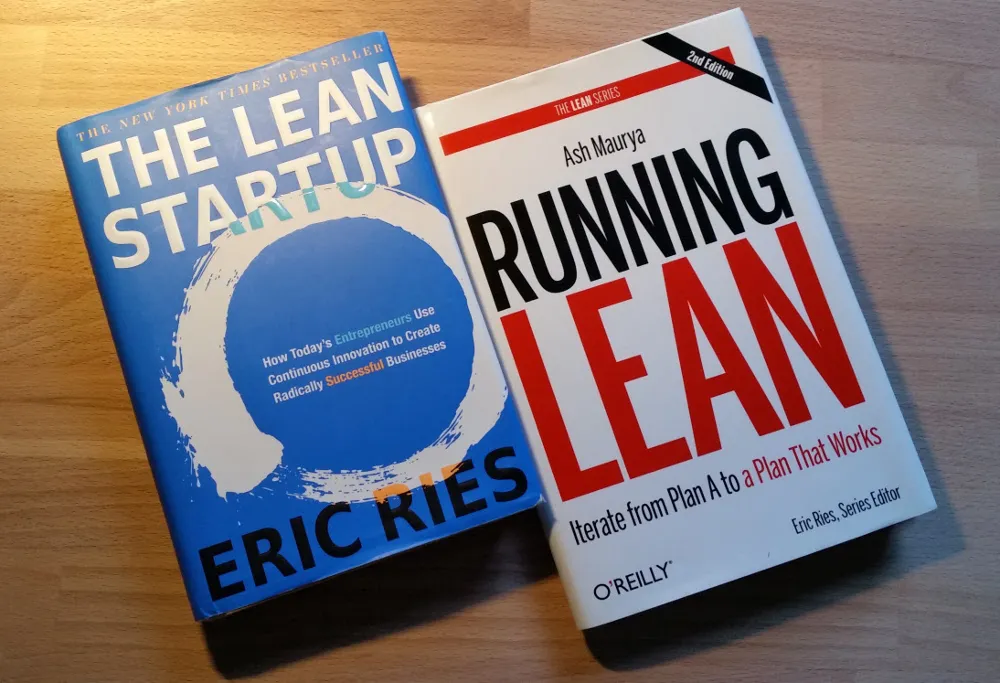
A Lean Startup Adventure

You’ve probably heard about the Lean Startup. But what is it exactly, how does it differ from other product development methods, and how does it work in practice?
As we took a try at building our own products, we had to answer these questions, and we documented our process. In the upcoming weeks, we’re going to share our Lean Startup adventure through a series of blog posts. We’ll cover many concepts from the Business Model to experiments, illustrated by a concrete example - a real product we attempted to build in 2015. We hope that our experience will help others succeed in building innovative digital products in an efficient way.
What is the Lean Startup?
At first, the Lean Startup is the title of a method developed by Eric Ries in 2008, and popularized in a book called The Lean Startup in 2011. In his book, Ries describes a way to run a business based on validated learning, a scientific approach, and iterative design. It introduces and explains concepts like Minimum Viable Product, Actionable Metrics, Pivot, Build-Measure-Learn, and Innovation Accounting. What Ries proposes is well suited for new businesses dealing with high uncertainty - in short, for startups.
Ries’ book covers the theory, but it leaves aside many details about how exactly an innovative entrepreneur should deal with every day problems. A second book, written a year later by Ash Maurya and called Running Lean, covers these details. It’s the perfect companion book for The Lean Startup.

If you haven’t read these two books, order them both now. You won’t need to read them before reading our post series, but you’ll definitely want to read them when the series ends.
Why It Matters
The Lean Startup isn’t just about reading books. On the contrary; one of its first teachings is “Get out of the building”. It is more important to test and discuss a product idea with real people than to hire the best engineer - at least in the early steps of a business. Why is that more important? Because it is easy to build a product, but it’s very hard to build a product that people want.
With real people, innovators can iteratively test all the aspects of a business by running experiments. The first experiments should focus on the most risky aspects of the business. These experiments have some specificities: they should be based on customer feedback, they should be as short as possible, and they should produce metrics to be scientifically analyzed in order to find out if an hypothesis is verified or not.
Using Lean Startup allows a short feedback loop, so it’s easy (and cheap) to determine when we’re heading in the right direction, and when we’re just wasting our resources. This feedback speed is key: since we can’t loose much, we’re inclined to take more risks.
For us at Marmelab, the Lean Startup approach is the best way to take risks. We use it for our customers’ projects, and we also use it for our own projects.
Next Steps
We’ve been using Lean Startup for one of our own projects in mid 2015. At start, this product was just an idea. Do you want to know more? Read the next article in this series.
We intend to publish two articles a week about this Lean Startup adventure. We hope that you will follow us into this, and learn from our experience. Be sure that we will share our successes, our discoveries, but also our failures and our doubts!
Credits:
Thumbnail picture: Nest, by Kirsten Pauli
Authors

Agile coach and scrummaster at marmelab. Passionate about Lean Startup, Scrum, Kanban, and that sort of things. Co-founder of play14, the international Serious Game unconference.